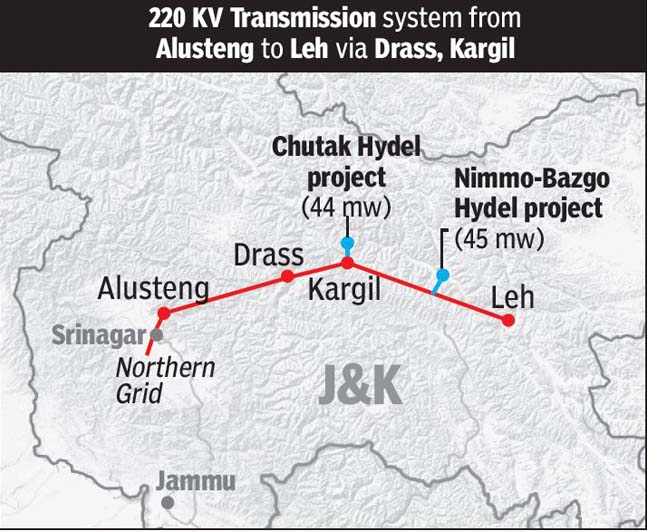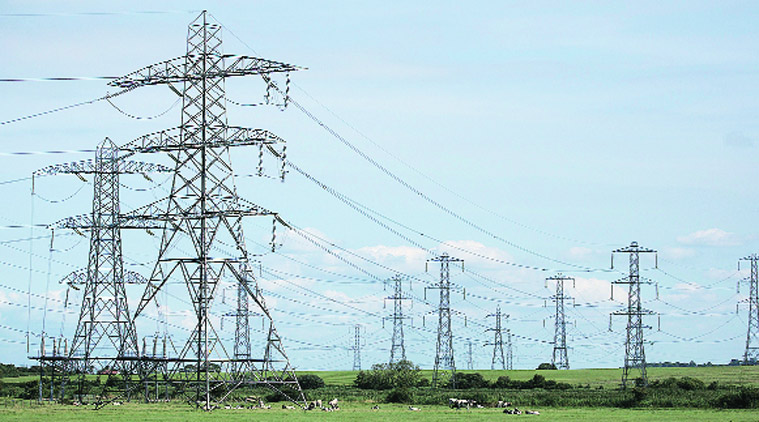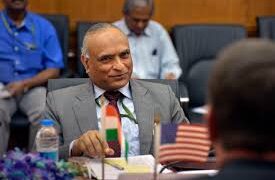India’s northernmost areas in Jammu and Kashmir — Kargil, Ladakh and Leh —are finally connected to the national power grid. The dreams of electrification and “one-nation-one-grid” came closer to reality with the help of the state-owned transmission agency PowerGrid.
 *
*
Kargil, Ladakh and Leh — due to their isolated locations — were 95% deficit in power. In the evenings, people, including those working at the district headquarters in Kargil and Leh, were dependent on five hours of power supply from diesel generators and some micro-hydro-electric projects.
The Jammu and Kashmir power department and PowerGrid set up a transmission line spanning 350 kilometres linking Srinagar–Alusteng–Drass–Kargil–Nimmo-Bazgo–Leh. The lines ran across the world’s highest mountain ranges and inhospitable terrains that separated the Kashmir Valley and the districts of Ladakh and Kargil. The department and PowerGrid switched on electric supply to this line last Saturday. Power flowed for about four hours.
This is a 220 KiloVolt line and has four substations along it. The Northern Grid is located at Alusteng, north of Srinagar. Prime Minister Narendra Modi laid the foundation stone for this project on 12 August 2014 and was completed in four and half years. Union power minister R K Singh said that this was a milestone for the people of Kargil, Ladakh and India as a whole, with the northernmost areas of the country getting connected to the national grid.
The power project is sure to improve the quality of life with round-the-clock power supply in this strategically very important region. The winters here are long and harsh, with -50 degree Celsius temperatures. The power grid can give a much-needed boost to the local economy with employment through winter tourism. This will also provide respite to the environment here, because the civil and defence agencies had been burning thousands of litres of diesel to run their generators.
Although Leh and Kargil have been electrified since 2013, with two NHPC hydro-electric projects at Nimmoo-Bazgo and Chutak supplying power. These two projects were set up to harness the potential of the river Sindhu before It enters Pakistan. However, lack of grid connectivity resulted in the hydel stations running at less-than-full capacity. The new line from Srinagar will aid these stations to function at full capacity. This will feed surplus power into the northern grid during summer and draw 100-150 megawatt in winter, when the flow is reduced causing less power generation.
*Image Courtesy – TOI
Author: [email protected]




























 WhatsApp us
WhatsApp us